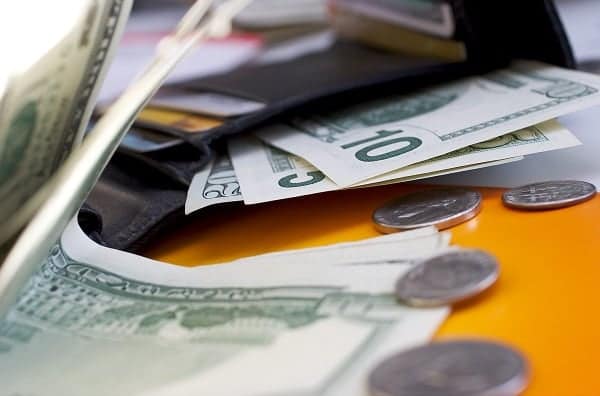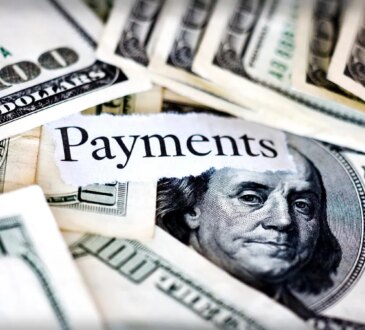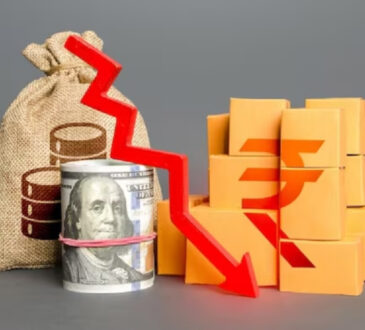Shutdown and rate-cut bets undermine confidence in the world’s strongest currency – London Business News

The U.S. Dollar Index (DXY) is experiencing notable volatility in the markets, currently trading around 98.40 after recovering some of its recent losses.
This decline clearly reflects the growing uncertainty in the United States—both politically and economically.
The ongoing government shutdown, now in its 19th day, has become the third-longest funding lapse in modern U.S. history, with no clear resolution in sight.
The prolonged standoff not only undermines confidence in government management but also weighs on investor sentiment, as the U.S. dollar is traditionally viewed as a safe-haven asset—a perception now under pressure and likely to intensify downside risks in the coming weeks.
Beyond political strains, the dollar faces additional pressure from market expectations of interest rate cuts.
Markets are now pricing in an almost certain rate cut in October, with another likely in December. These expectations reflect investors’ belief that the Federal Reserve may turn to monetary easing to counter economic slowdown and support the labour market—reducing the dollar’s appeal relative to other currencies.
In my view, any new rate cut would likely exert further downward pressure on the dollar, especially if no strong economic data emerge to restore confidence in U.S. stability.
Recent comments from St. Louis Fed President Alberto Musalem have deepened this uncertainty. He emphasized that the Fed could support a rate-cut path if labour market risks or inflation control failures emerge, stressing the need for a flexible, balanced approach rather than a predetermined policy path. This suggests that markets will remain highly sensitive to every official statement or economic release, keeping the dollar prone to swift fluctuations.
On a more positive note, progress in U.S.–China trade relations could offer temporary relief to the dollar. President Trump’s remarks about the U.S. being open to reducing tariffs in exchange for China’s positive trade measures—such as increased soybean purchases—might boost market sentiment. However, such developments typically offer short-lived support and do not address the dollar’s core challenges, which stem primarily from domestic monetary policy and political stability.
Overall, the Dollar Index appears to be in a complex phase, balancing internal pressures with temporary external relief. The most likely scenario, based on this analysis, is continued fluctuation between 98.00 and 98.50, with a downward bias if the government shutdown persists or if the Fed proceeds with actual rate cuts. Conversely, any positive news regarding trade or political compromise could trigger a temporary rebound.
In conclusion, the U.S. dollar remains a currency heavily influenced by domestic U.S. factors—both political and economic—more than external ones. Therefore, investors and traders should adopt flexible strategies and maintain close monitoring of monetary policy and economic data, as any new development could swiftly alter the dollar’s trajectory. By staying alert to these dynamics, market participants can better navigate the current volatility and make informed decisions in today’s complex financial landscape.



